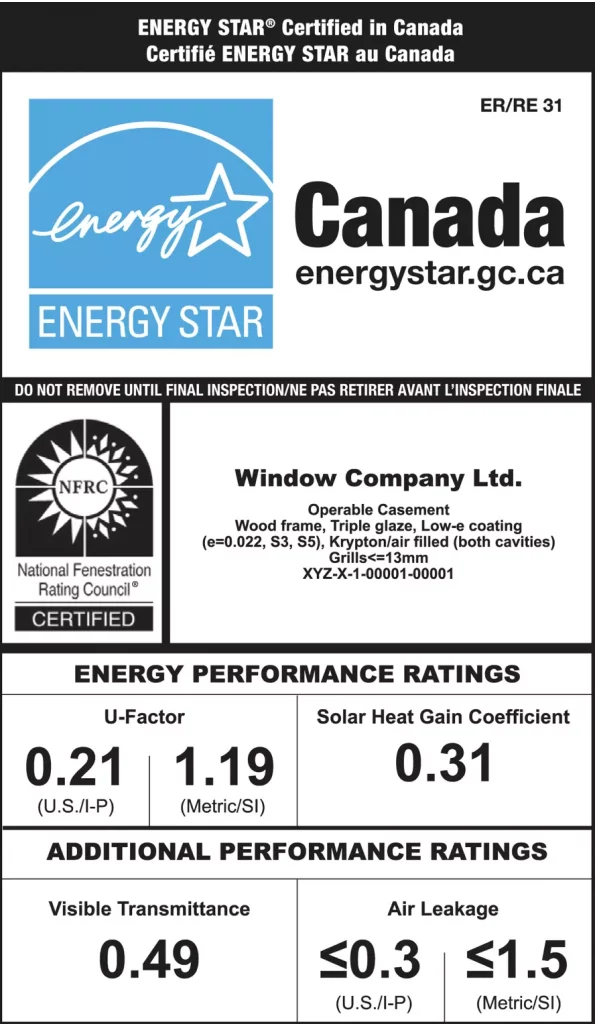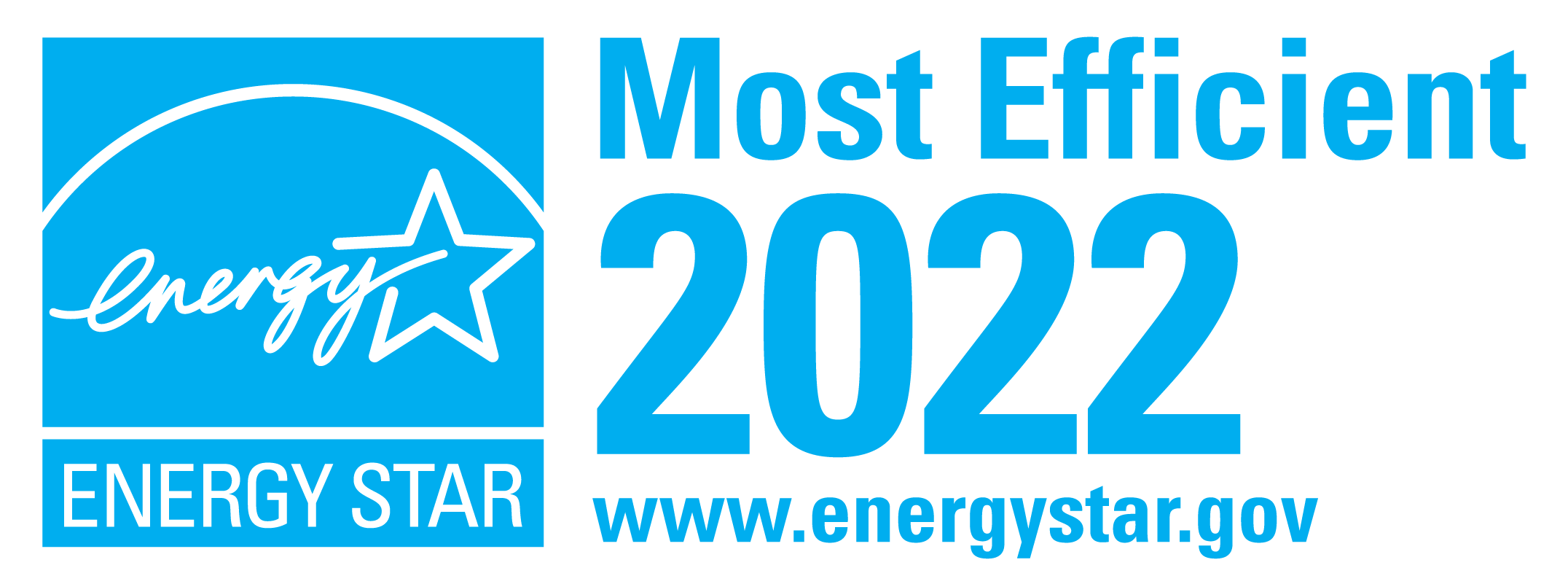Understanding Replacement Window Energy Efficiency Labels
Are your windows leaky? Do they feel freezing cold in winter? If yes, then you are probably looking to replace those windows in the near future. And while getting quotes and comparing windows from different window installers, you might be asking yourself a question of what is energy efficiency in replacement windows and how to understand what it means. The winters in Manitoba are undoubtedly cold. The temperature drops well below -40 C with the effects of windchills and having a good Energy Star rated window protecting you from cold and keeping you warm becomes of utmost importance. In the paragraphs below, we will explain how to read and understand the energy efficiency rating of your new replacement windows in Winnipeg, Manitoba.
Modern PVC windows are labeled with energy efficiency ratings. Just like when buying a new car, your car will have its fuel efficiency rating tested and labeled on the window, so do the windows that you buy and install in your house. So, what do all those energy star ratings mean? Don’t get bogged down, once you know what to look for in a label, everything will seem easy and clear.
Window energy efficiency rating

U-Factor
U-factor, also called u-value in Canada, measures the heat loss and the rate at which the heat is lost through the window. This rate is measured in watts per square meter Kelvin. Basically, the lower the u-Factor of your window, the less heat is lost through the window. In the sample above, the u-Factor is 0.21, which means that 0.21 watt of energy is lost from the window per square meter of window per 1 degree Kelvin temperature difference between internal air and external air.
Solar Heat Gain Coefficient
Solar Heat Gain Coefficient or shortly SHGC measure how much your windows let in solar warmth into your home. This measure can range from 0 to 1 and 0 meaning no sunlight at all and 1 meaning absolute heat-transferring windows that let in 100% of the sun rays. If you want to reduce the amount of sunlight you want to expose your room to, then you should look for a lower number and if you want to take maximum advantage of solar heat, then look for the higher number.
Visible Transmittance
This measure tells you how much light is allowed to pass through your window. Don’t confuse it with solar heat gain coefficient which measure the amount of heat that is allowed to come into your home. If you want your house to be brighter then look for a higher number. Visible transmittance also ranges from 0 to 1 and 1 being absolutely the brightest windows. Also, if you want to keep you home cooler in summer then you should look for a lower number.
Air Leakage
The air leakage measure shows how much air the window is letting in. Of course, you might be thinking why would new windows pass through air? Well, the answer is that all the windows have a small allowance for passing air. Most of the time, this leakage is so small that you can never feel it with your hands, but the machines and labs that test the windows, can detect small leakages. The measure of air leakage ranges from 0.1 to 0.3 cubic feet per minute per square foot of frame area. Basically, the lower this measure, the more airtight your windows are.
The air may also leak trough other areas of the window. For example, when installing a new window, the air may leak between the frame of the window and the wall. That’s why it is very important to choose professional window installers in Winnipeg, Manitoba to have your replacement windows properly installed. Arctic Star Windows is one of the few top rated window installation companies in Winnipeg who has an excellent track record of installing windows and with proper foam and insulation.
What is a good air leakage rating?
A good air leakage rating is closer to 0.3 or lower than that. Ratings that are lower than 0.3 are also recognized by Energy Star and National Fenestration Rating Council and the windows with an air leakage of lower than 0.1 are considered as the most efficient. When getting quotes from the many window replacement companies in Winnipeg, you can ask the salesperson of the company to tell you what the air leakage for the given window is.
Condensation Resistance Factor
This is a less known factor but still may be important for you to know. This measure tells you how well your window resists the condensation. The measure ranges from 0 to 100. This number is optional on NFRC and many window labels in Canada may not even show this number.
Why does condensation form on windows?
Condensation forms when the temperature of the glass indoors drops below the dewpoint. To put it simply, condensation happens when your glass is cold and the air inside the house is humid enough to condense on the colder surface of the window.
Energy Star Energy Rating
The Energy Rating or ER is a comprehensive method of rating windows using factors such as U-factor, Solar heat gain coefficient, visible transmittance and air leakage. The higher the ER rating the better. Greener Homes Grant has a minimum ER rating of 34 for windows to qualify for $125 of grant. This requirement goes up to 40 or more if you want your windows to qualify for Most Efficient designation and get $250 per window.
Arctic Star Windows offers many window styles that are Energy Rated at 40 or above and fully qualify for all grants and rebates in Manitoba. Furthermore, our windows are manufactured using highest grade of materials in Canada.
Conclusion
Now you are equipped with sufficient knowledge to distinguish what is a good energy efficient window and what is not. We hope this knowledge will help you get the most energy efficient windows for your money.
Alisher Akilov
Director of Sales and Marketing

